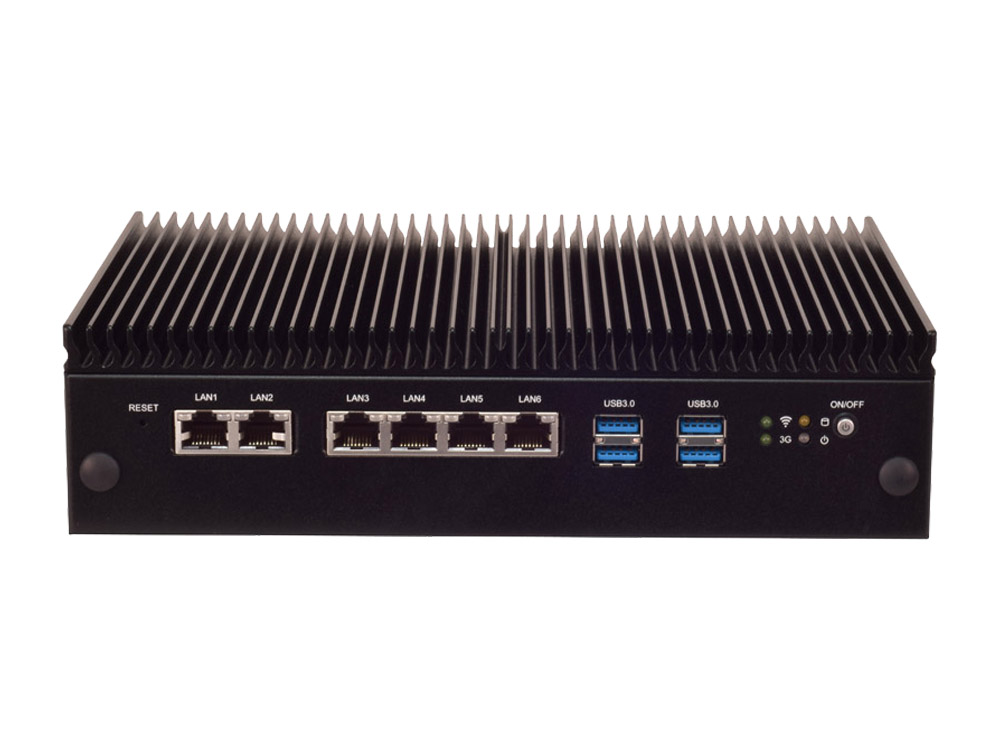The Trend
The recent phenomenon of Machine Vision is actually a broad term that incorporates a variety of technologies, ranging from software components and algorithms hardware platforms, SW/HW integration, and methods of deployments. In other words, the term Machine Vision is constituted by mostly existing technologies but integrated by new algorithms to enable inspection, predication and analysis on the data received. Aside from Computer Vision, Machine Vision is made to execute certain image-processing function, solution or service, usually in an industrial environment.
Methods of Deployment
Machine Vision relies heavily on the integration of embedded computing system and smart cameras or smart sensors to serve as the image-acquisition device. The software components are then implemented to perform digital image processing in order to extract data for future analysis.

Since most hardware are inclined to be standardized, the effort is leaning more and more on software. For instance, the hardware device is mostly formed by RISC or Intel® x86 open architecture to connect with cameras and sensors. The system owners then decide the camera types and the interface needed for the cabling. In contrast, the digital image processing mainly lies in the software. For example, the software algorithm shall be able to perform pixel counting, image mapping (vectors and keypoints), neural learning, analysis, pattern recognition, and filtering.
Machine Vision systems are generally deployed for industrial purposes including positioning, inspection, measurement and flow detection, as it is believed to surpass human eyes in precision.
Today, the 3D version is growing contributed by the now less-expensive laser profiling and stereo imaging technologies. In terms of software aspect, Deep Learning has been increasingly adopted in niche Machine Vision applications.
Major Vertical markets:
- Automotive
- Electronics & Semiconductor
- Solar Panel Manufacturing
- Flat Panel Manufacturing
- Food and Packaging
- Postal and Parcel Sorting
- Robotics
- General Manufacturing
Recommended Embedded Solution for Machine Vision
As mentioned, the image-acquisition hardware in Machine Vision is normally a RISC or Intel® x86 based platform. For concerns with interoperability and wide compatibility, it is recommended to go with the x86 open architecture supporting multiple I/O interfaces for image-capturing peripherals.
For instance, Lanner’s machine vision embedded hardware appliance LEC-2580, with multiple standard interfaces for cameras in USB Vision and GiGE Vision, is a box PC empowered by Intel®'s 6th generation Intel® Core™ i7-6600U, i5-6300U, or i3-6100U processor to deliver outstanding image-processing performance. LEC-2580 supports up to 16GB of DDR3L memory. With high-throughput processor and memory, LEC-2580 is capable of intensive graphic processing in machine vision applications.
The four PoE connectors of LEC-2580 enable the connections with IP smart cameras, while the two LAN ports can serve as data streaming, remote control and other networking purposes.
Regarding connections with factory peripherals like PLCs and robotic controllers, LEC-2580 provides four (4) RS-232/422/485 ports as the protocols for peripheral coordination. For display purpose, LEC-2580 provides dual HDMI ports for monitor and HMI interfaces.
Other significant functionality includes wireless connectivity by mini-PCIe interface and fanless design. LEC-2580 is well-positioned for industrial automation and embedded computing for machine visions.





